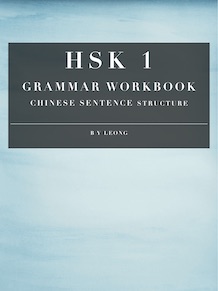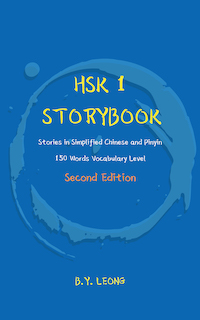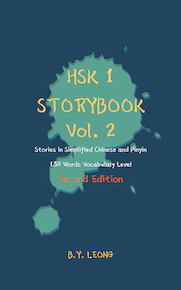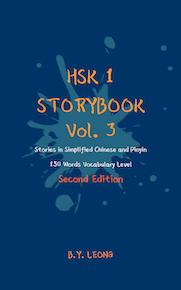Ah, HSK 1. The gateway to Mandarin fluency, the first rung on the ladder to Chinese mastery. But before you can ascend those lofty heights, you’ve gotta nail the bedrock: pinyin and basic phrases. Fear not, intrepid language learner, for this blog post is your trusty guide to conquering these foundational elements.

1. Pinyin: The Gateway to Pronunciation
Imagine Chinese characters as beautiful, intricate puzzles. Pinyin? That’s your instruction manual, breaking down each character into its component sounds, represented by familiar Roman letters.
Think of it like this:
- 你好 (nǐ hǎo): This simple greeting, meaning “hello,” might look daunting at first. But with pinyin, it becomes “ni hao,” suddenly much less intimidating, right?
- 妈妈 (mā ma): “Mom” in Chinese? Piece of cake with pinyin! It’s “ma ma,” just like in English.
In Mandarin, the pronunciation of a word is not intuitive from its writing, making Pinyin an essential tool.
Pinyin simply refers to the Romanization system used to spell out Mandarin words using the English alphabet. Many learners try to plunge straight into Chinese characters, but getting familiar with pinyin should be your first step.
Pinyin isn’t just a pronunciation crutch; it’s your key to unlocking the very essence of Chinese characters. Mastering its tones (those squiggly lines that change the meaning of a word) will equip you to tackle even the trickiest characters later on.
Chinese is a tonal language, meaning that the same word can have different meanings based on the tone used. Pinyin uses tone marks (1, 2, 3, and 4) above vowels to indicate the four tones.
Familiarize yourself with the pinyin alphabet: The pinyin alphabet consists of 26 letters from the Latin alphabet, along with four additional sounds represented by “zh,” “ch,” “sh,” and “r.” Practice these unique characters to build a strong foundation.
2. Navigating the Tones
- First Tone: High and steady.
- Second Tone: Rising, much like asking a question in English.
- Third Tone: Starts mid, dips down, then rises.
- Fourth Tone: Sharp and falling, similar to a command.
- Neutral Tone: Light and quick.
3. Building Vocabulary
- HSK 1 Word List: Start with the HSK 1 vocabulary list, which contains 150 essential words. Utilize the All Musing Free HSK Vocabulary List and Audio for practice.
- Contextual Learning: Use the HSK 1 Storybook Series to see words in context, enhancing memory and comprehension.
4. Sentence Structures
- Simple Sentences: Master the basic sentence structure (Subject + Verb + Object). For example, “我吃苹果 (Wǒ chī píngguǒ)” – I eat an apple.
- Questions and Negations: Learn to form questions with 吗 (ma) and negatives with 不 (bù).
Practice with HSK 1 Grammar Workbook that consists of over 400 HSK 1 sentences.
5. Listening and Speaking
- Immerse in Sounds: Regularly listen to the audio files provided with the HSK Storybook series. This will aid in understanding pronunciation and intonation.
- Practice Speaking: Repeat words and phrases aloud. Use free audio accompanying HSK 1 Storybook to practice.
6. Writing Chinese Characters
- Stroke Order: Understand the importance of stroke order in writing Chinese characters. Use the HSK Vocabulary Writing Practice Sheet for guided practice.
- Character Recognition: Start recognizing basic characters from your vocabulary list. This will help in reading and writing.
7. Consistent Review and Practice
- Regular Quizzes: Use the HSK Online Practice Tests and Vocabulary Quizzes to test your understanding and retention.
- Daily Practice: Even brief, daily reviews can significantly boost your language skills.
8. Cultural Insights
- Cultural Context: Understanding the cultural context behind certain phrases or words can provide deeper insights and make learning more engaging.
9. Setting Realistic Goals
- Track Progress: Set small, achievable goals and gradually increase the complexity of sentences and vocabulary.
10. Leveraging Resources
- All Musing’s Free Resources: Utilize the free resources provided by All Musing, including storybooks, audio, and practice tests to enhance your learning journey.
Conclusion
Conquering the foundations of HSK 1 is your first step towards fluency in Mandarin. By understanding Pinyin, mastering tones, building vocabulary, and practicing regularly, you’re setting a robust foundation for advanced learning. Embrace the journey with patience and consistency, and the world of Mandarin will open up to you with each new word and phrase you learn. Happy learning!
HSK 1 Storybook Series
Chinese Sentence Structure – HSK 1 Grammar Workbook



